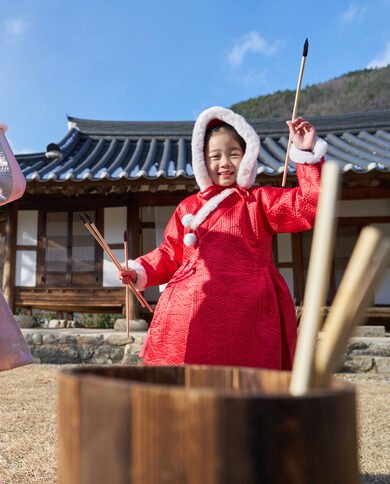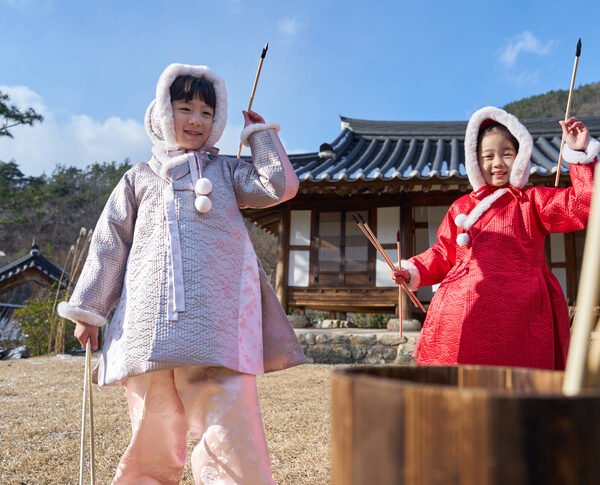Are you ready to embark on a culinary journey through the exquisite flavors of royal cuisine in Korea? Get ready to tantalize your taste buds as we delve into the world of advanced food culture that originated in the royal palace. From the rich and decadent dishes prepared using newly harvested foods for the king to the aristocratic and clan-head cuisine influenced by exchanges between noble families and the palace, there is no shortage of flavors to explore. But that’s not all—Korea’s temple cuisine, with its focus on vegetables and natural foods, has captured the attention of both vegetarians and tourists. And let’s not forget about the importance of preserved and fermented foods, such as sauces, kimchi, salted seafood, vinegar, and alcohol, in Korean cuisine. If street food is more your style, you’ll find yourself spoiled for choice with gimbap, tteok-bokki, sundae, and more. And last but not least, the indulgent world of Korean desserts, with rice cakes taking center stage as one of the top delicacies in the country. So get ready to savor the flavors and experience the true richness of Korean cuisine.

Korean Royal Cuisine
Origin and History
Royal Cuisine, also known as Gungjung Cuisine, is an advanced food culture that originated in the royal palace of Korea. With a history dating back centuries, royal cuisine was reserved for the king and the royal family. This refined culinary tradition utilized newly harvested ingredients to create exquisite dishes that were known for their intricate presentation and sophisticated flavors.
Ingredients and Techniques
The ingredients used in royal cuisine were carefully selected to ensure the highest quality and freshness. Only the finest ingredients from across the country were chosen, including seasonal produce, top-grade meat, and seafood. The techniques used in royal cuisine emphasized precision and attention to detail, with a focus on preserving the natural flavors and textures of the ingredients.
Characteristics of Royal Cuisine
Royal cuisine is characterized by its elegant presentation, harmonious balance of flavors, and meticulous attention to detail. Dishes are meticulously arranged to create visually stunning presentations that resemble works of art. The use of various colors, textures, and shapes adds to the overall aesthetic appeal of the cuisine. Furthermore, the flavors in royal cuisine are well-balanced, with a delicate combination of sweet, salty, sour, and spicy tastes.
Popular Dishes in Royal Cuisine
Some of the popular dishes in royal cuisine include Bulgogi (marinated grilled beef), Bibimbap (mixed rice with assorted toppings), Japchae (stir-fried glass noodles with vegetables and meat), and Haemul Pajeon (seafood pancake). These dishes showcase the diverse flavors and ingredients found in royal cuisine, highlighting the richness and complexity of this culinary tradition.
Royal Cuisine Festivals
To celebrate the rich history and cultural significance of royal cuisine, various festivals and events are organized in Korea. These festivals provide an opportunity for people to experience the flavors, traditions, and techniques associated with royal cuisine. Visitors can enjoy captivating performances, culinary demonstrations, and sample a wide array of dishes prepared in accordance with royal recipes. These events serve as a platform to promote and preserve the heritage of royal cuisine for future generations to appreciate.
Aristocratic and Clan-Head Cuisine
Influences from the Royal Cuisine
Aristocratic and Clan-Head Cuisine, often referred to as Yangban Cuisine, bears similarities to royal cuisine due to the exchanges between the palace and noble families. As the descendants of the royal family, noble families adopted and incorporated the culinary traditions, techniques, and recipes from the royal palace. This influenced the development of aristocratic and clan-head cuisine, creating a unique blend of flavors and culinary practices.
Distinctive Features of Aristocratic and Clan-Head Cuisine
Aristocratic and clan-head cuisine is known for its emphasis on simplicity, quality ingredients, and subtle flavors. Unlike royal cuisine, which is elaborate and extravagant, aristocratic and clan-head cuisine focuses on highlighting the natural flavors of the ingredients. The dishes are often less ornate in presentation, yet they exhibit a refined elegance that reflects the noble heritage and sophistication of the cuisine.
Famous Dishes in Aristocratic and Clan-Head Cuisine
Some of the famous dishes in aristocratic and clan-head cuisine include Galbijjim (braised beef short ribs), Jangeo-Gui (grilled eel), Gujeolpan (assorted delicacies served on a large platter), and Dolsot Bibimbap (mixed rice served in a hot stone pot). These dishes showcase the understated elegance and delicate flavors that are characteristic of the cuisine.
Cultural Significance of Aristocratic and Clan-Head Cuisine
Aristocratic and clan-head cuisine holds great cultural significance as it represents the culinary heritage of the noble families. It serves as a reminder of their status, wealth, and influence in Korean society. Today, this cuisine continues to be cherished and celebrated, with traditional restaurants and culinary events dedicated to preserving and showcasing its unique flavors and traditions.
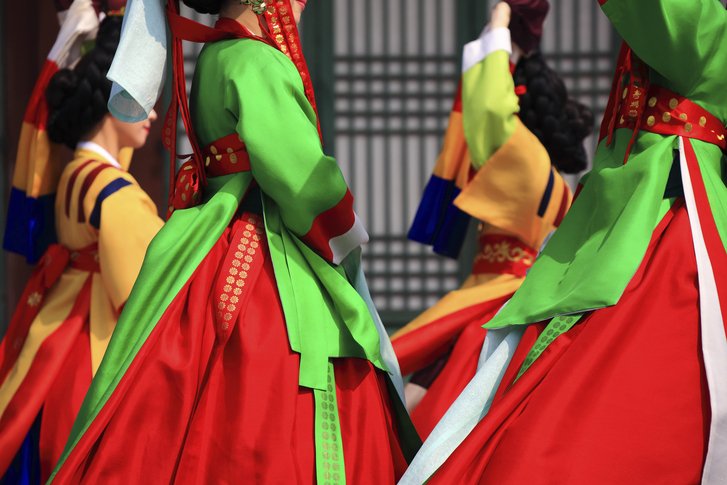
Korean Temple Cuisine
Buddhist Influences on Temple Cuisine
Buddhism has greatly influenced the development of temple cuisine in Korea. With its emphasis on compassion and non-violence, Buddhist monks and nuns follow a strict vegetarian diet, which is reflected in their culinary practices. Temple cuisine, also known as Buddhist cuisine or Sunim food, is characterized by its focus on vegetables, natural ingredients, and simple cooking methods.
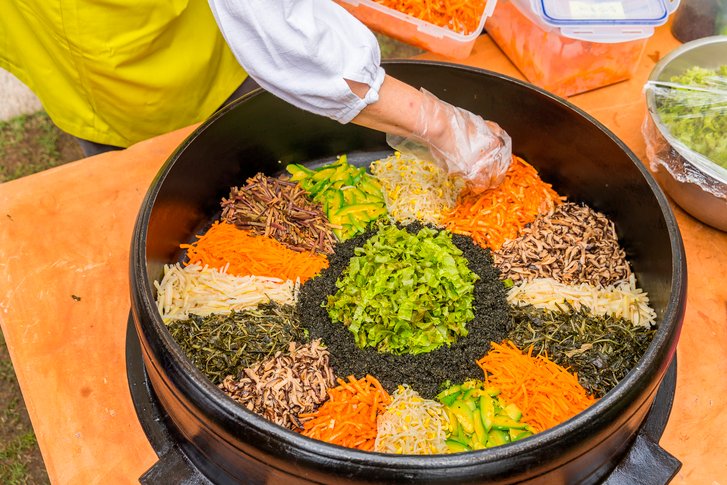
Ingredients Used in Temple Cuisine
Temple cuisine relies heavily on plant-based ingredients such as grains, vegetables, fruits, and nuts. The use of artificial additives, meat, fish, and pungent spices is avoided. Instead, natural seasonings such as soy sauce, sesame oil, and fermented soybean paste are used to enhance the flavors of the dishes. Mushrooms, seaweed, tofu, and lotus root are commonly used ingredients in temple cuisine.
Characteristics of Temple Cuisine
Temple cuisine is known for its simplicity and purity. The dishes are prepared using minimal seasoning and cooking techniques to preserve the natural flavors and nutritional value of the ingredients. The emphasis is on creating dishes that are balanced, light, and easily digestible. The presentation of the food also plays an important role, with each dish carefully arranged to showcase the beauty of nature.
Temple Cuisine for Vegetarians
Temple cuisine has gained popularity among vegetarians and those seeking healthier dietary options. The focus on plant-based ingredients and minimal processing appeals to individuals looking for nutritious and wholesome meals. The variety of dishes available in temple cuisine ensures that vegetarians can enjoy a diverse range of flavors and textures without compromising on taste or nutrition.
Temple Cuisine as a Tourist Attraction
Temples in Korea often offer the opportunity for visitors to experience temple cuisine through special dining events. These meals, known as Temple Food Experience, allow visitors to enjoy a traditional Buddhist meal prepared by the monks themselves. It not only provides a unique culinary experience but also offers a glimpse into the spiritual and meditative practices of the monks. Temple cuisine has become a popular tourist attraction, with many travelers seeking to explore the cultural and culinary traditions of Korea.
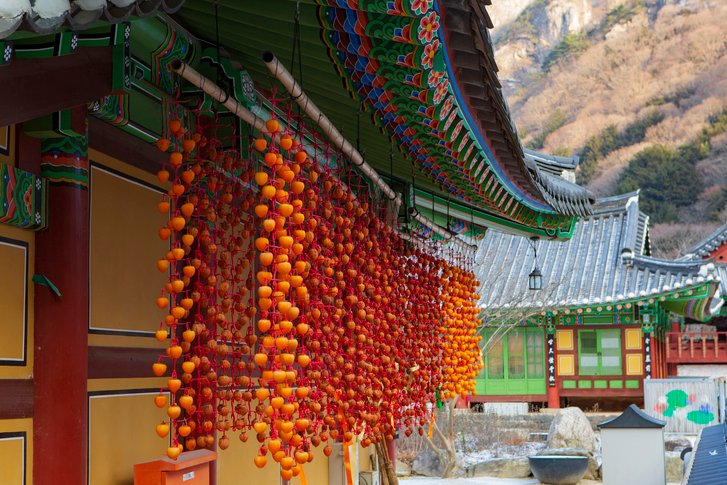
Preserved/Fermented Foods
Importance of Preserved/Fermented Foods in Korean Cuisine
Preserved and fermented foods play a vital role in Korean cuisine, both in terms of flavor and nutrition. These foods not only enhance the taste of dishes but also provide an abundance of health benefits. The preservation and fermentation techniques have been passed down through generations, allowing Koreans to enjoy a wide variety of flavors and textures.
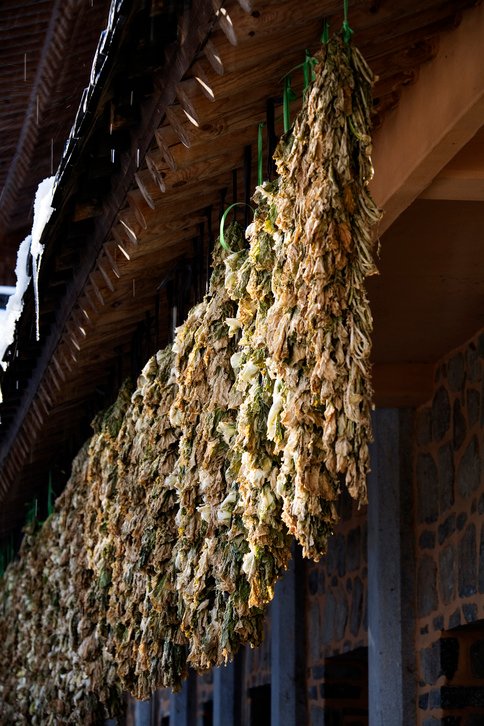
Types of Preserved/Fermented Foods
Korean cuisine boasts a wide array of preserved and fermented foods. Some of the well-known examples include kimchi (fermented vegetables, typically cabbage), gochujang (fermented chili paste), doenjang (fermented soybean paste), ganjang (soy sauce), and jeotgal (salted seafood). Each of these foods undergoes a specific fermentation process, resulting in distinct flavors and textures.
Traditional Methods of Fermentation
The traditional methods of fermentation in Korean cuisine involve the use of natural ingredients and a time-honored process. Vegetables and other ingredients are soaked in a brine and then left to ferment at room temperature for a specific period. The natural bacteria present in the air and on the ingredients initiate the fermentation process, resulting in the development of complex flavors and textures.
Health Benefits of Preserved/Fermented Foods
Preserved and fermented foods are not only flavorful but also offer numerous health benefits. The fermentation process enhances the nutritional value of the ingredients by increasing the bioavailability of vitamins and minerals. These foods are also rich in beneficial bacteria, known as probiotics, which promote a healthy digestive system and support overall gut health.
Culinary Uses of Preserved/Fermented Foods
Preserved and fermented foods are used in a wide range of dishes in Korean cuisine. Kimchi, for example, is a staple in many meals and is eaten as a side dish or used as an ingredient in stews, soups, and stir-fried dishes. Gochujang and doenjang are commonly used as condiments, adding depth and complexity to various dishes. The versatility of these preserved and fermented foods allows for creative and flavorful culinary creations.
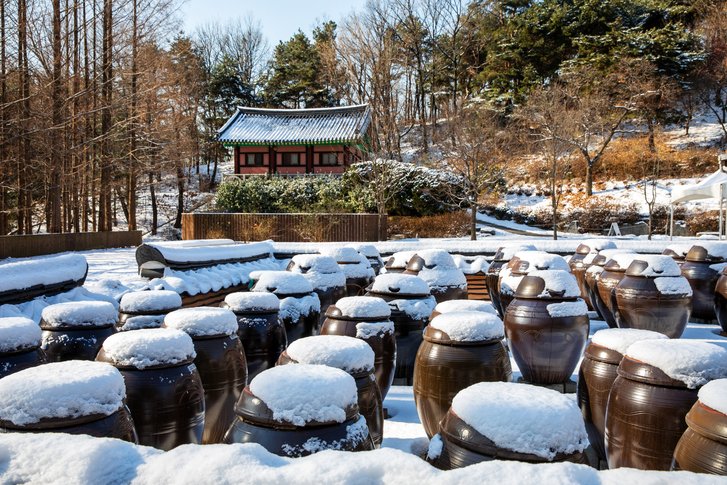
Korean Street Food
Overview of Korean Street Food
Korean street food is a vibrant and diverse culinary culture that offers a wide range of delicious and affordable snacks and meals. Street food stalls and markets are a common sight in Korea, bustling with locals and tourists eager to indulge in the scrumptious treats on offer. From savory to sweet, Korean street food has something to satisfy every palate.
Popular Street Foods in Korea
Some of the most popular street foods in Korea include gimbap (rice rolls with various fillings), tteok-bokki (spicy rice cakes), sundae (blood sausage), hotteok (sweet pancake filled with syrup), and eomuk (fish cake). These foods are readily available from street vendors and offer a quick and convenient way to enjoy a delicious meal on the go.
Traditional Ingredients and Flavors
Korean street food is deeply rooted in traditional Korean flavors and ingredients. From the savory and spicy flavors of gochujang, soy sauce, and garlic to the umami-rich taste of fermented seafood, street food captures the essence of Korean cuisine. Local produce such as rice, vegetables, and seafood are often showcased in various street food offerings, allowing visitors to experience the authentic flavors of Korea.
Street Food Markets and Stalls
Street food markets and stalls are an integral part of Korean culinary culture. These bustling hubs offer a lively atmosphere where people can gather, socialize, and enjoy an array of mouth-watering street food. Markets like Gwangjang Market in Seoul and Noryangjin Fish Market in Busan are famous for their diverse selection of street food vendors, each offering their own unique specialties.
Street Food as a Culinary Experience
Eating street food in Korea is not just about satisfying hunger but also about experiencing the rich culinary heritage and vibrant culture of the country. The sights, smells, and flavors of street food stalls create a sensory experience for visitors. Trying the different street food offerings provides a glimpse into the everyday life of Koreans and allows for a deeper connection with the local food culture.
Korean Desserts
Introduction to Korean Desserts
Korean desserts are known for their unique flavors, textures, and presentation. These sweet treats are enjoyed as a delightful end to a meal or as a snack on their own. Korean desserts showcase the use of ingredients such as rice, beans, fruits, and honey, creating a diverse array of flavors and textures.
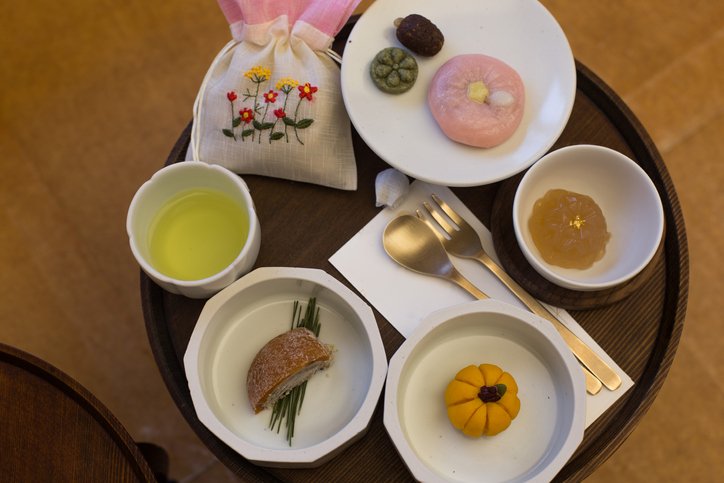
Rice Cakes: A Staple in Korean Desserts
Rice cakes, known as tteok, are a staple in Korean desserts. Tteok comes in various shapes, sizes, and colors, with each variety offering a different taste and texture. They can be served steamed, boiled, grilled, or pan-fried and are often enjoyed with sweet toppings such as honey, sugar, or red bean paste.
Varieties of Rice Cakes
There are numerous varieties of rice cakes in Korean cuisine. Some of the popular types include Songpyeon (crescent-shaped rice cakes filled with sweet fillings), Injeolmi (sticky rice cakes coated in roasted soybean powder), and Gyeongdan (small, round rice cakes filled with sweet ingredients). Each type of rice cake has its own distinct taste and texture, ensuring a delightful experience for dessert lovers.
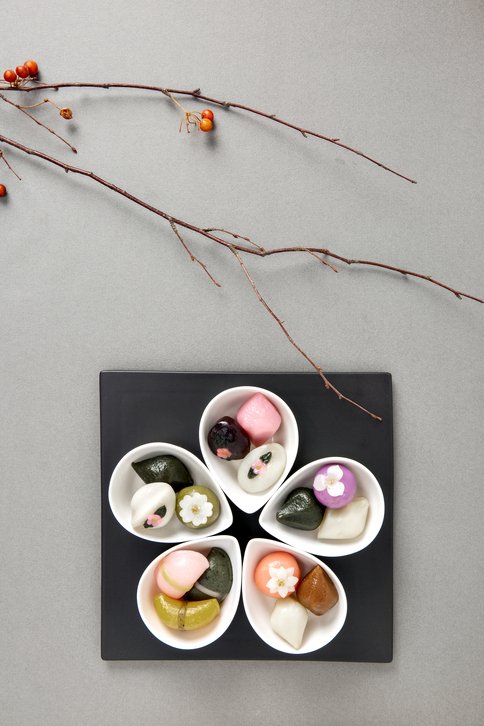
Cooking Methods for Rice Cakes
Rice cakes are cooked using various methods depending on the desired texture and flavor. Steaming is a common cooking method that results in soft and chewy rice cakes, while boiling creates a softer and more delicate texture. Grilling or pan-frying rice cakes gives them a crispy exterior, adding a contrasting texture to the dish.
Other Popular Korean Desserts
Apart from rice cakes, there are several other popular Korean desserts that are enjoyed throughout the country. Patbingsu, a shaved ice dessert topped with sweet red bean paste, fruits, and condensed milk, is a refreshing and popular choice during the hot summer months. Hotteok, a sweet pancake filled with brown sugar and nuts, is another favorite street food dessert.
Regional Variations in Korean Cuisine
Cuisine of Seoul and Surrounding Areas
The cuisine of Seoul and the surrounding areas is known for its rich flavors and diverse array of dishes. Staples such as bibimbap, bulgogi, and kimchi jjigae (kimchi stew) are commonly enjoyed in this region. Additionally, the street food culture in Seoul is particularly vibrant, showcasing a wide range of flavors and culinary traditions.
Cuisine of Jeju Island
Jeju Island, a popular tourist destination, boasts a unique culinary culture. The cuisine of Jeju Island showcases an abundance of seafood, including fresh fish, shellfish, and seaweed. Black pork, a local specialty, is also widely enjoyed. The volcanic soil on the island yields unique ingredients such as Hallabong orange and wild herbs, which are incorporated into local dishes.
Cuisine of the Northeastern Region
The northeastern region of Korea, including cities such as Gangneung and Sokcho, has a cuisine that is heavily influenced by the sea. Fresh seafood, such as squid, crab, and mackerel, is abundant in this region and forms the basis of many local dishes. The cuisine of the northeastern region is known for its bold and robust flavors.
Cuisine of the Southeastern Region
The southeastern region of Korea, including cities such as Busan and Gyeongju, has a cuisine that is known for its spicy and flavorful dishes. The region’s close proximity to the sea allows for an abundance of fresh seafood that is incorporated into various dishes. Spicy soups, grilled fish, and hearty stews are popular choices in this region.
Cuisine of the Western Region
The western region of Korea, including cities such as Incheon and Jeonju, has a cuisine that is celebrated for its diverse flavors and culinary traditions. Jeonju, in particular, is famous for its traditional Hanjeongsik (Korean full-course meal) and Bibimbap. The region is also known for its use of fermented ingredients, such as soybean paste and soy sauce, which add depth and complexity to dishes.
Innovation and Evolution in Korean Cuisine
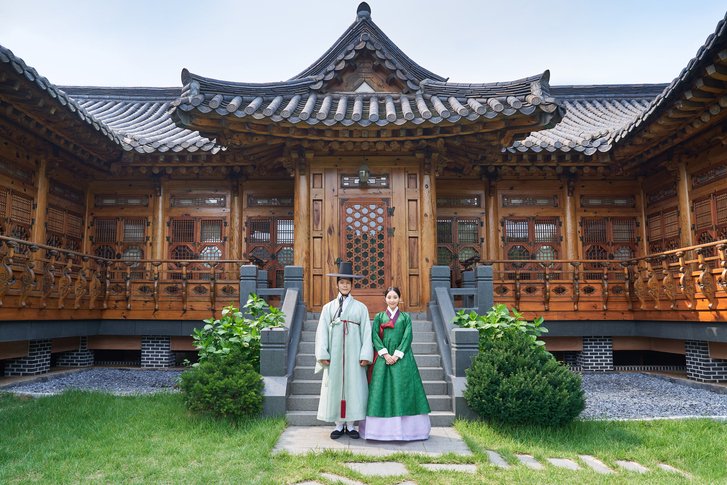
Emerging Food Trends in Korea
Korean cuisine continues to evolve and adapt to changing culinary trends. The rise of health-consciousness has led to an increased demand for plant-based and organic ingredients. Modern Korean cuisine is also influenced by global food trends, such as the focus on sustainability and the use of alternative proteins.
Chefs and Restaurants Pushing Boundaries
Korean chefs and restaurants are at the forefront of innovation in Korean cuisine. They continually push the boundaries of traditional cooking techniques and flavors, resulting in unique and creative dishes. These culinary pioneers use a combination of traditional Korean ingredients and modern culinary techniques to create exciting and groundbreaking flavors.
Incorporation of International Ingredients
With globalization and increased access to international ingredients, Korean cuisine has seen the incorporation of flavors and ingredients from around the world. Chefs are experimenting with fusion dishes that combine traditional Korean flavors with international ingredients, creating a diverse and exciting food culture.
Culinary Fusions and Experiments
Culinary fusions and experiments are becoming increasingly popular in Korean cuisine. Korean chefs are exploring the possibilities of blending different culinary traditions and ingredients to create innovative and flavorful dishes. These culinary experiments often result in surprising combinations that challenge traditional notions of Korean cuisine.
Culinary Education and Training
The recognition of Korean cuisine on the global stage has led to an increased focus on culinary education and training. Culinary institutes and academies offer programs that teach traditional Korean cooking techniques, as well as modern culinary trends. This emphasis on culinary education ensures that the rich heritage and traditions of Korean cuisine are preserved and passed on to future generations.
Promotion and Appreciation of Korean Cuisine
Government Initiatives to Promote Korean Cuisine
The Korean government has made concerted efforts to promote Korean cuisine worldwide. Various initiatives, such as the Korean Food Foundation and K-Cuisine Academy, have been established to support the promotion and development of Korean cuisine. These organizations work to raise awareness of Korean culinary traditions, provide culinary training, and facilitate international collaborations.
Cultural Events and Festivals
Cultural events and festivals celebrating Korean cuisine are held throughout the year. These events provide an opportunity for chefs, food enthusiasts, and the general public to come together and appreciate the diversity and richness of Korean cuisine. Festivals such as the Seoul Food Festival and the Jeonju Bibimbap Festival showcase the culinary traditions, regional specialties, and cultural significance of Korean cuisine.
Korean Cuisine in the Global Culinary Scene
Korean cuisine has gained international recognition and popularity in recent years. Korean dishes such as Bibimbap, Kimchi, and Korean BBQ have become global favorites. Korean restaurants can now be found in major cities around the world, allowing people from different cultures to experience the unique flavors and culinary traditions of Korea.
Food Tourism and Culinary Experiences
Food tourism has become a popular travel trend, and Korea has emerged as a sought-after destination for culinary experiences. Travelers can immerse themselves in Korean food culture by participating in cooking classes, visiting local markets, and sampling regional specialties. Food tours and culinary experiences offer a deeper understanding of Korean cuisine and provide an opportunity to explore the vibrant food scenes of different regions.
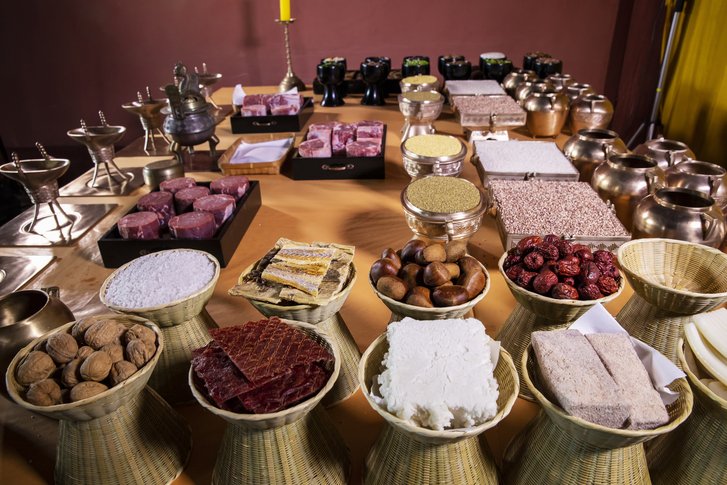
Preservation of Traditional Food Culture
The appreciation and preservation of traditional food culture are paramount in promoting Korean cuisine. Efforts are being made to document traditional cooking techniques, collect traditional recipes, and showcase the cultural significance of various dishes. By preserving and promoting traditional food culture, Korea aims to ensure that the unique flavors and heritage of Korean cuisine are safeguarded for future generations.
In conclusion, Korean cuisine is a rich and diverse culinary tradition that encompasses a wide range of flavors, ingredients, and cooking techniques. From the refined and elegant dishes of royal cuisine to the vibrant and flavorful street food, Korean cuisine offers a culinary experience that is both satisfying and memorable. With influences from various cultures, modern innovations, and a commitment to preserving traditional food culture, Korean cuisine continues to evolve and captivate the taste buds of people around the world.




